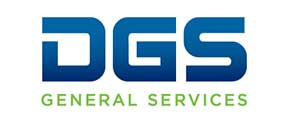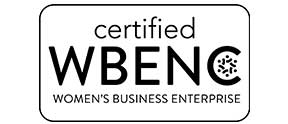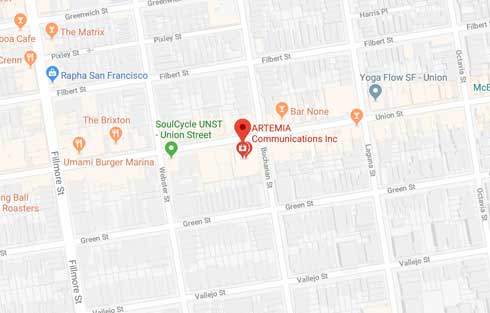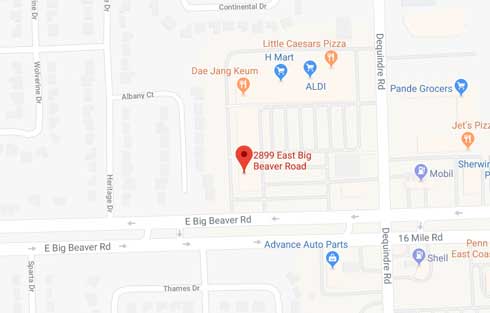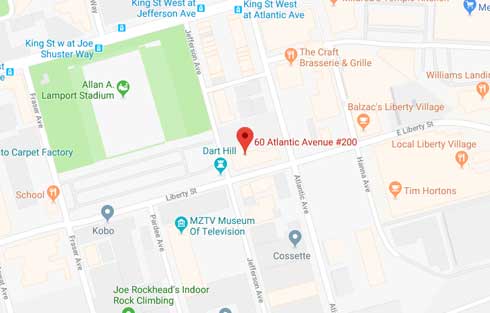BLOG CATEGORIES
SUBSCRIBE
FOR LATEST UPDATES
Sign up for our monthly newsletter with our latest offers,hot blogs and much more !


JOIN US
FOR CALL
Lets chat via skype to discuss your questions concerns, and project needs
TRENDING NOW
Community Outreach: Understanding Your Audiences

Recently, we addressed the importance of community outreach and the impact it can have. The success of these campaigns relies on a comprehensive understanding of the community’s unique needs, preferences, concerns and expectations.
At ARTÉMIA, we know not all audiences are created equal and what is effective for one community, or even a single neighborhood, may not be for another. For example:
-
- Affluent audiences can be engaged more easily through technology, but those in underserved areas may not have access to a computer at home. Even individuals with a smartphone might not have unlimited data or could face challenges accessing online tools that aren’t optimized for mobile.
-
- Websites and digital resources that lack accessibility features can exclude those with disabilities such as visual impairments, while events held in venues that are not wheelchair accessible can prevent those with mobility issues from participating.
-
- A brochure that was written for an English speaker may not resonate with someone who only speaks Spanish. While the obvious solution is to translate it, direct translations do not account for cultural nuances and can leave the audience feeling even more disconnected.
When developing a strategy for community outreach, we prioritize stakeholders that are traditionally considered hard to reach. To identify audience groups, we leverage a variety of tools and methods.
Community Needs Assessments
Community Needs Assessments are designed to provide insight into the lives of community members and the challenges they face daily. For instance, surveys and focus groups can reveal critical insights about access to essential services, such as healthcare or public transportation.
This information is indispensable for identifying service gaps that prevent certain populations from getting the support and resources they need. Knowing where barriers like language, financial constraints or awareness gaps exist enables the development of customized strategies for overcoming these obstacles.
Furthermore, assessments gauge the overall quality of life, measuring satisfaction with living conditions, environmental concerns, employment and infrastructure to align with the community’s most immediate priorities.
Stakeholder Mapping
While community needs assessments provide a broad overview, stakeholder mapping is more precise and often involves identifying specific groups that influence public projects and policies. This systematic process segments stakeholders based on a variety of factors including their influence, pain points and demographic characteristics.
Interviews with local business leaders, community advocates and public officials yield nuanced insights into each group’s interests and communication preferences. For instance, some may have substantial sway over policy direction but require different outreach methods due to language, cultural or technological differences.
Going Beyond the Data
Tools like community needs assessments and stakeholder mapping provide the foundation for a data-driven approach to outreach. However, relying on data alone will only get you so far. The real challenge lies in interpreting and connecting the data to practical strategies that resonate with the community.
This requires setting clear priorities based on the needs that have been identified, ensuring outreach efforts focus on the most critical issues first. For example, surveys might reveal that access to healthcare services is a significant concern.
These insights can then inform strategies that enhance communication about available programs, especially targeting groups that face language or socioeconomic barriers. Meanwhile, focus groups can reveal differing communication preferences, allowing organizations to refine their messaging and approach.
Inclusive Communication
A truly successful community outreach initiative doesn’t just reach people where they are—it also communicates with them in a way that resonates. Thoughtful communication strategies ensure that no community member is overlooked or excluded.
Multilingual Outreach
Communities often consist of residents speaking a range of languages, each with distinct nuances. Localization experts can leverage these differences to create meaningful connections and build trust across varying linguistic demographics.
Accessibility-First Design
Whether communicating through digital platforms or hosting in-person events, ensuring accessibility is crucial. Online materials should follow web accessibility guidelines, providing features like alternative text, screen reader compatibility, and captioned videos. In-person events should accommodate those with physical disabilities through accessible venues and additional services like sign language interpreters.
Continuous Adaptation
An effective outreach strategy is not static, it requires ongoing evaluation and optimization. Mechanisms should be in place to regularly monitor progress, gather feedback and make adjustments to meet evolving needs. Conducting ongoing surveys, interviews and town hall meetings help organizations proactively respond to shifting community expectations.
Partnering for Success
By partnering with experienced outreach professionals, organizations can leverage proven methodologies to maximize their results. ARTÉMIA’s experts can conduct comprehensive stakeholder analysis, design engagement plans, create tailored messaging and help your organization connect with the communities it serves. Contact us today for a free consultation!
Want the latest insights from our experts? Subscribe to our newsletter.
see more...

The Importance of Corporate...
This article is the first in a series on incorporating water efficiency polici...
LEARN MORE
How to Establish a Corporat...
This article is the second in a series on incorporating water efficiency polic...
LEARN MORE
Updating Facilities with Wa...
This article is the third in a series on incorporating water efficiency polici...
LEARN MORE
